I am looking at the memory consumed by my app to make sure I am not allocating too much, and am confused as to what Gnome Resource Monitor is showing me. I have used the following pieces of code to allocate memory in two separate apps that are otherwise identical; they contain nothing other than this code and a scanf() call to pause execution whilst I grab the memory usage:
malloc(1024 * 1024 * 100);
and
char* p = new char[1204*1024*100];
The following image shows the memory usage of my app before and after each of these lines:

Now, I have read a lot (but obviously not enough) about memory usage (including this SO question), and am having trouble differentiating between writeable memory and virtual memory. According to the linked question,
"Writeable memory is the amount of address space that your process has allocated with write privileges"
and
"Virtual memory is the address space that your application has allocated"
1) If I have allocated memory myself, surely it has write privileges?
2) The linked question also states (regarding malloc)
"...which won't actually allocate any memory. (See the rant at the end of the malloc(3) page for details.)"
I don't see any "rant", and my images show the virtual memory has increased! Can someone explain this please?
3) If I have purely the following code:
char* p = new char[100];
...the resource monitor shows that both Memory and Writeable Memory have increased by 8KB - the same as when I was allocating a full one megabyte! - with Virtual memory increasing by 0.1. What is happening here?
4) What column should I be looking at in the resource monitor to see how much memory my app is using?
Thanks very much in advance for participation, and sorry if have been unclear or missed anything that could have led me to find answers myself.